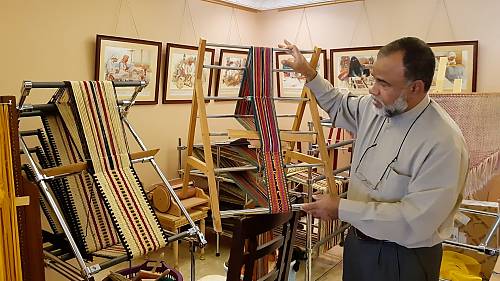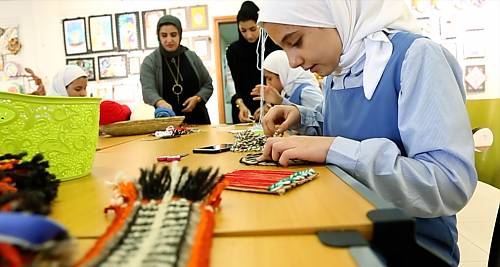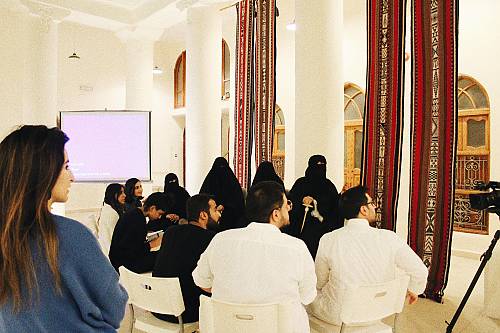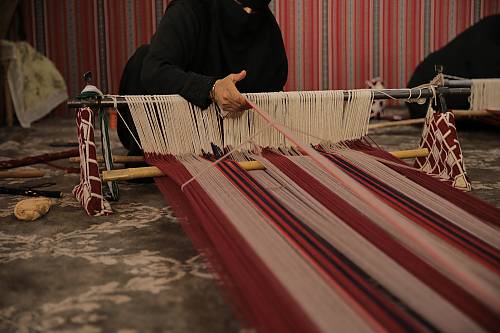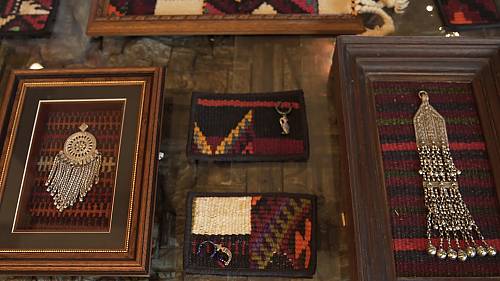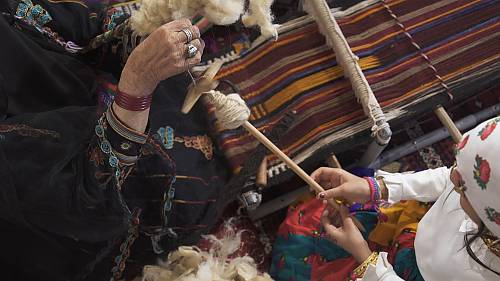Traditional weaving of Al Sadu
Inscribed in 2020 (15.COM) on the Representative List of the Intangible Cultural Heritage of Humanity

Traditional weaving of Al Sadu refers to the traditional woven textile made by Bedouin women: in Arabic, ‘Al Sadu’ means weaving done in a horizontal style. The weaving is a form of warp-faced plain weave made on a ground loom. The cloth forms a tightly woven, durable textile and the weavers make use of natural fibres found in their natural environment. The patterns found in Bedouin weaving reflect the desert environment in its simple, pure form, featuring geometric designs combined to flow in rhythmic repetition and symmetry. Weavers also use bright colours such as reds and oranges to liven up the surroundings. The beauty of each woven item depends on the quality of the spinning and weaving and the expertise of the weaver – the finer the yarn, the more pronounced and delicate the structure and design pattern. The primary bearers of Al Sadu are older Bedouin women who are master weavers. Master weavers play a key role in transmitting the related skills to others, most often within the household. In addition, associations and educational organizations play an important role in passing on the skills and knowledge through classes or workshops. Today, bearers and practitioners weave Al Sadu either as a hobby or to sell it. Al Sadu objects reflect the importance of female roles in Bedouin society, and nowadays Al Sadu has become less a functional object and more an object signifying a tradition and a deep culture.
